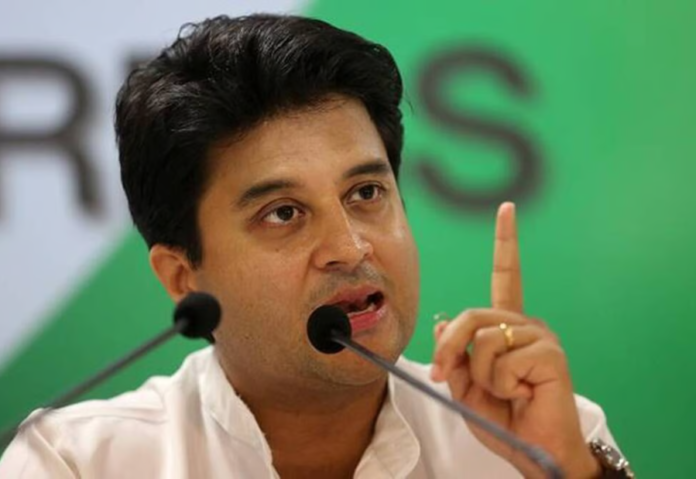Non-terrestrial networks (NTNs), also known as satellite communication networks, offer a chance to link the disconnected areas and provide coverage to the majority of the nation’s rural areas, according to Communications Minister Jyotiraditya Scindia on Monday.
“The evolution of NTNs will unlock new vistas in communication technologies, igniting innovative applications across diverse sectors, and ultimately advancing our collective journey towards the United Nations Sustainable Development Goals (UN SDGs),” Scindia said at the South Asian Telecommunication Regulators’ Council meeting hosted by the Telecom Regulatory Authority of India (Trai).
The government’s decision to distribute spectrum to satellite communication firms without holding an auction will primarily help businesses like Starlink, which is owned by Elon Musk.
At the moment, Jio and Eutelsat OneWeb, supported by the Bharti Group, have been given permission to introduce satcom services in the nation. Jio and Bharti Airtel have called on the government to guarantee fair competition between satellite and terrestrial networks and have rejected the distribution of spectrum for mobility services without an auction.
Satellite spectrum is a shared resource, so an auction won’t be possible, according to satcom firms like Starlink and Kuiper.
Despite opposition from telecom carriers, Scindia has insisted that the allocation will be carried out using administrative procedures in accordance with the Telecom Act 2023, and that Trai will propose the allocation price and other relevant standards.
The minister claimed during his speech that the amount of data being used has increased by a factor of several. Additionally, the government is considering increasing India’s data center capacity from the current 977 megawatts to 2.3 gigawatts over the course of the next two years.
Nearly 39% of the world’s total wireless data capacity is being used in India, according to Scindia, which also creates new opportunities for the nation.
As of right now, 99% of Indian districts have 5G coverage, and the government is determined to bring 4G connectivity to the 36,000 villages that still require it by June 2025, according to Scindia, who also stated that 4G saturation will reach 100%.
Through the Bharat 6G Alliance network, the government aims to lead the 6G industry and contribute at least 10% of the technology’s patents.
Also read: Viksit Workforce for a Viksit Bharat
Do Follow: CIO News LinkedIn Account | CIO News Facebook | CIO News Youtube | CIO News Twitter
About us:
CIO News is the premier platform dedicated to delivering the latest news, updates, and insights from the CIO industry. As a trusted source in the technology and IT sector, we provide a comprehensive resource for executives and professionals seeking to stay informed and ahead of the curve. With a focus on cutting-edge developments and trends, CIO News serves as your go-to destination for staying abreast of the rapidly evolving landscape of technology and IT. Founded in June 2020, CIO News has rapidly evolved with ambitious growth plans to expand globally, targeting markets in the Middle East & Africa, ASEAN, USA, and the UK.






